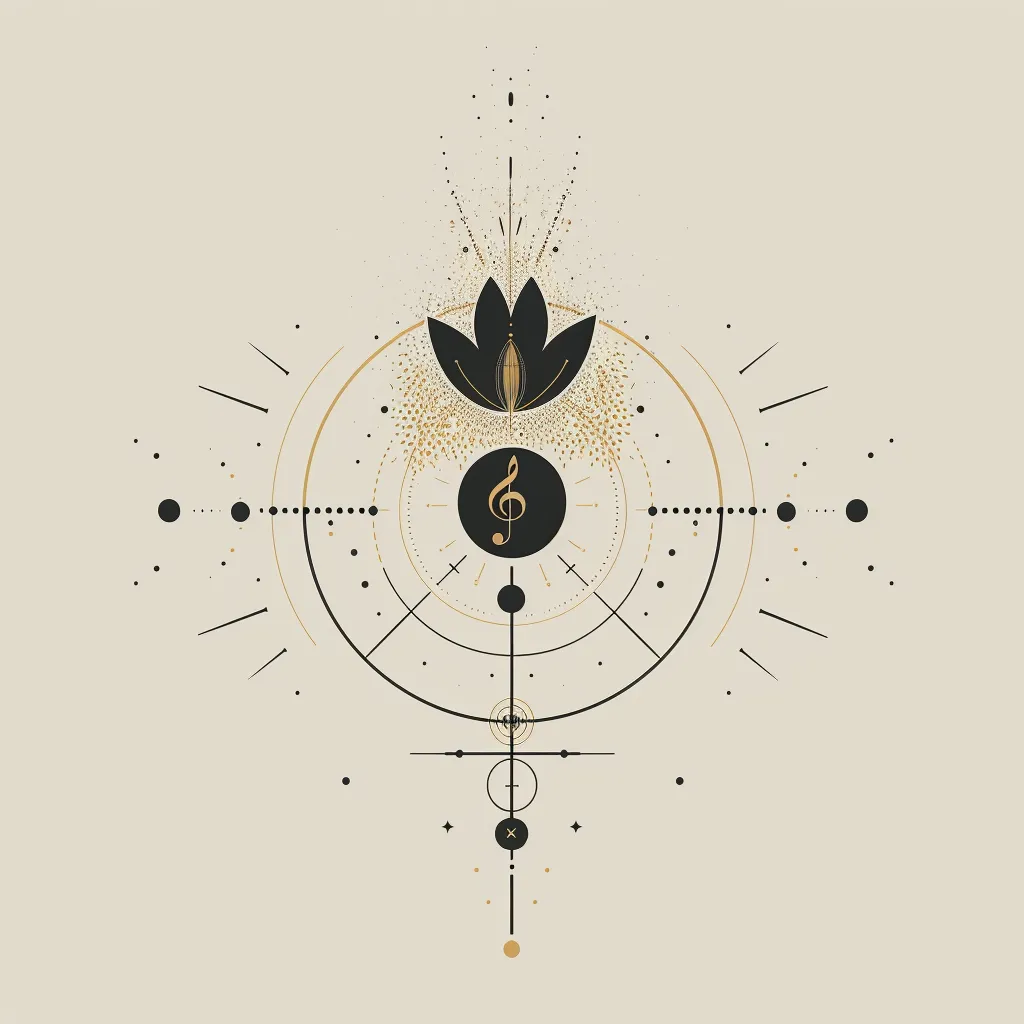Johnny Cash – Hurt – Chorus 2
Hurt < All Analyses
Chord Progression
[‘Am’, ‘F’, ‘C’, ‘G’]
Chord Progression Analysis
“`
vi, IV, I, V
“`
Similar Chord Progressions
1. “Let It Be” by The Beatles:
“`
C – G – Am – F
I – V – vi – IV
“`
2. “No Woman, No Cry” by Bob Marley:
“`
C – G – Am – F
I – V – vi – IV
“`
3. “Poker Face” by Lady Gaga:
“`
G#m – E – B – F#
vi – IV – I – V
“`
4. “Can’t Stop the Feeling!” by Justin Timberlake:
“`
Am – F – C
vi – IV – I
“`
As seen in each of the examples, the (I – V – vi – IV) progression is very common and effective for creating pop/rock songs. In each case, the mood of the song is impacted by the artists’ handling of tempo, rhythm, melody, and lyrics over the chord progression.
Musical Analysis
Rhythmically, the song has an almost march-like quality, with a steady tempo that reinforces the desolate, endless feel of the song. Melodically, “Hurt” is straightforward, making use of the tonal center C and focusing primarily on the tonic, third, and fifth tones of the scale with infrequent chromatic non-chord tone use.
Overall Analysis
“Hurt” is a song written and composed by Trent Reznor, best known for its version covered by Johnny Cash in C major. The song employs a commonly used pop/rock chord progression (vi- IV- I- V), that aids the conveyance of the theme of regret and redemption. The use of the minor vi chord (Am) as the starting point of the progression provides a very melancholy feel that aligns with the overall tone of regret in the lyrics. The progression then moves to a major IV (F), suggestive of a brief glimpse of hope or relief, before settling into the home key of C. The progression rounds off with a V chord (G), propelling the sequence back to the beginning again, giving a cyclic, repeating, and enduring feel to the music.
Style Analysis
Johnny Cash’s rendition of the song retains the somber feel of the original yet imbues it with his characteristic country sound, his deep baritone voice, and just an accompaniment on his acoustic guitar. The simplicity and stripped back nature of the performance, combined with the weightiness the chord progression lends itself to the sincerity of the emotion that is being conveyed – regret, salvation, and ultimately, acceptance.
What are the chords in: Johnny Cash – Hurt – Chorus 2?
[‘Am’, ‘F’, ‘C’, ‘G’]
